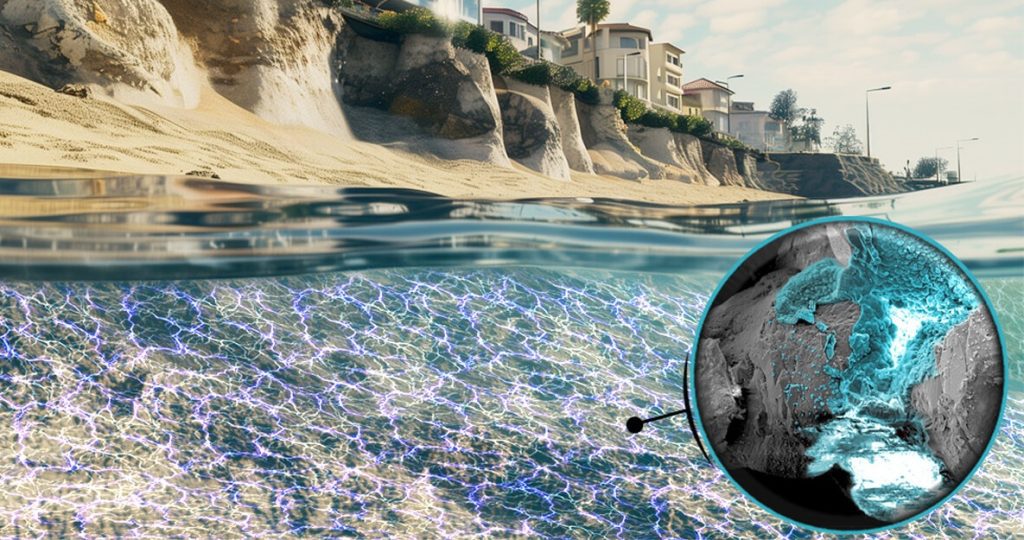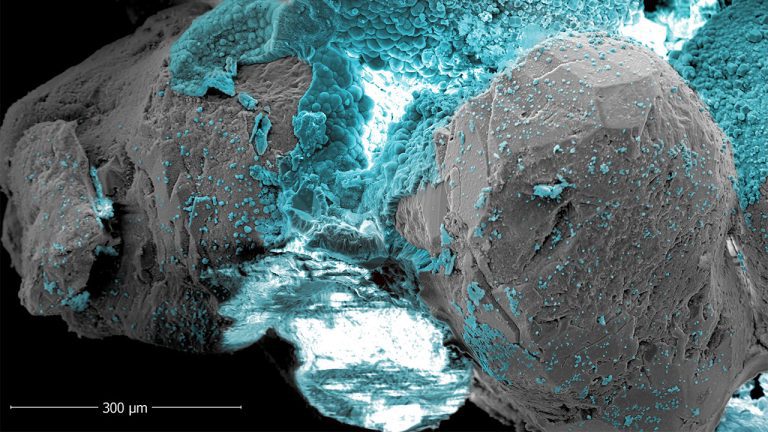Researchers at Northwestern University have unveiled a new way to combat coastal erosion by using electricity to create natural cement from sea sand. The innovative approach involves applying a mild electric current to seawater, which triggers a chemical reaction that turns dissolved minerals into solid calcium carbonate, forming a rock-like structure. Unlike traditional methods, which rely on expensive and polluting materials such as concrete, this technique offers a sustainable and cost-effective alternative.
The technology has promising applications for strengthening coastlines, stabilising sand dunes and reinforcing marine substrates. With the ability to create durable, rock-like formations from sand, it could replace costly sea walls and other erosion control structures. The process is environmentally friendly as it uses low voltage electricity and has no negative impact on marine life. It is also reversible, allowing the cemented sand to be dissolved if necessary. This breakthrough is particularly significant given the escalating threat of climate change and rising sea levels, which have exacerbated coastal erosion. By providing a more resilient and environmentally friendly solution, this method could play a vital role in protecting coastal communities and preserving natural habitats for decades to come.

All images courtesy of NORTHWESTERN UNIVERSITY

